I recently published Michael Dnes' story detailing how an SSSI designation derailed the planned development around Ebbsfleet 'International' Station. (No pun intended.) Some readers, quite understandably, saw it as an attack on Natural England in general and the distinguished jumping spider in particular, but that wasn’t Michael’s intention, nor mine. Instead, the story was intended to illustrate the way in which the interaction of two public bodies can lead to huge waste of time, energy - and money.
But it was such an interesting and intriguing story that I decided to visit Ebbsfleet to investigate the issues for myself - and for you. However, in order to understand what follows, you really will need to first read Michael's piece. It is very entertaining and you will find it here. Then read on …
As you can see from this map, the SSSI can be broadly divided into three.
The large northern part borders a bend in the Thames Estuary.
A smaller southern part lies just north of the A2/M2.
The central section is (or was) prime development land. It lies between Swanscombe to the west and the new high speed line and railway to the east. Anyone buying a new house here would have been able to travel to St Pancras in less than 30 minutes, and mainland Europe in a couple of hours.
I first visited the northern area which was, as I expected, a mixture of marshland and ex-industrial landscape:
A closer look at the latter shows how it might well suit such an interesting animal as this one.
The central section, however, looks completely different, at least to my untrained eye. There is a large grass-covered hill in the middle, surrounded by dense scrub. I could have taken similar pictures at many other sites in south east England.
Natural England's own documentation suggests that, although this central area (between the station and the existing housing) hosts some interesting species, their density is much lower than further north or further south. I understand that NE concluded that the land should nevertheless be designated because it connects two valuable sites, not because it is valuable in itself. Here is one of their maps which illustrates their argument:
It is not for me to judge whether the benefit to the animal kingdom to be obtained from connecting the northern and southern parts of the SSSI outweighs the advantage to the nation to be gained from developing that land for housing etc. But I do believe that the tension between that corporation and Natural England should have been resolved with the assistance of their parent departments. Hence the question implicit in Michael's photo:
His implicit question therefore remains. Was the matter referred to ministers and, if not, why not? If it was, why weren't the public consulted - before the central section of the site was protected - to see whether they agreed that the scientific interest in the site outweighed its development potential when the UK is so short of housing?
Or, if Natural England's legislation clearly forbids such consultation, why not amend the legislation? After all, it's not as though the Conservatives had lots else going through Parliament. And we desperately needed - and still need - some growth.
Martin Stanley






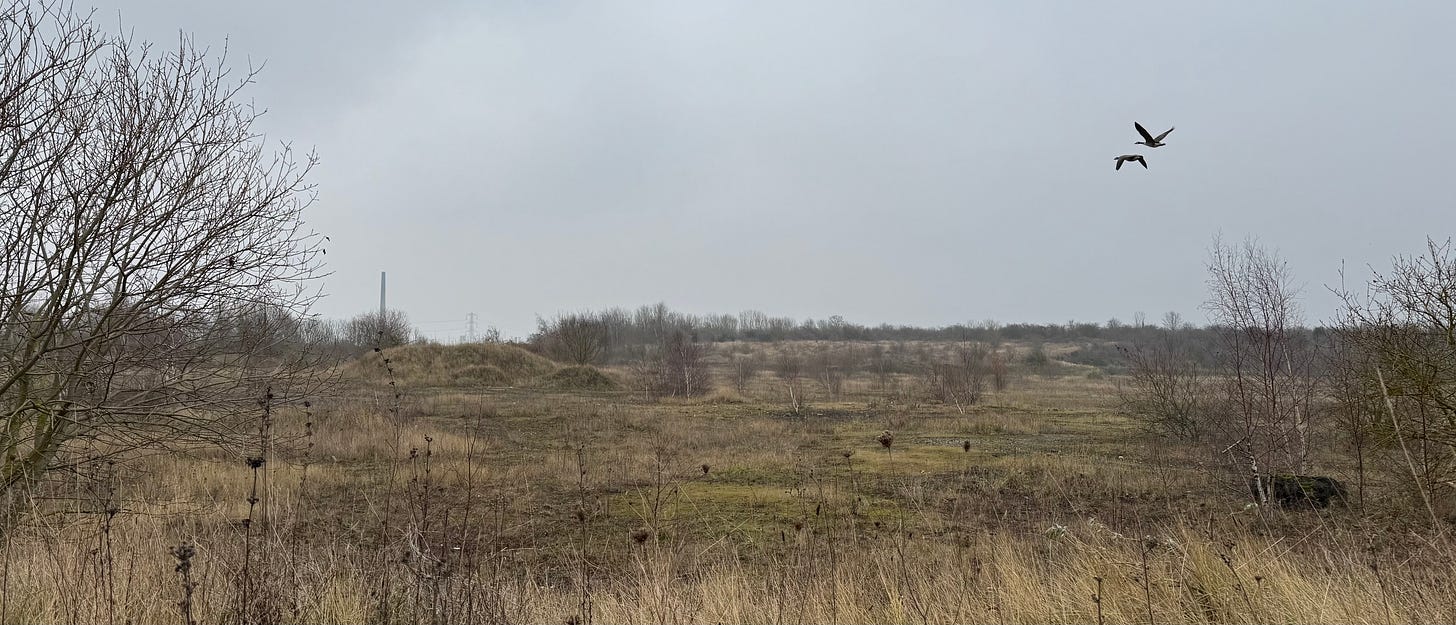

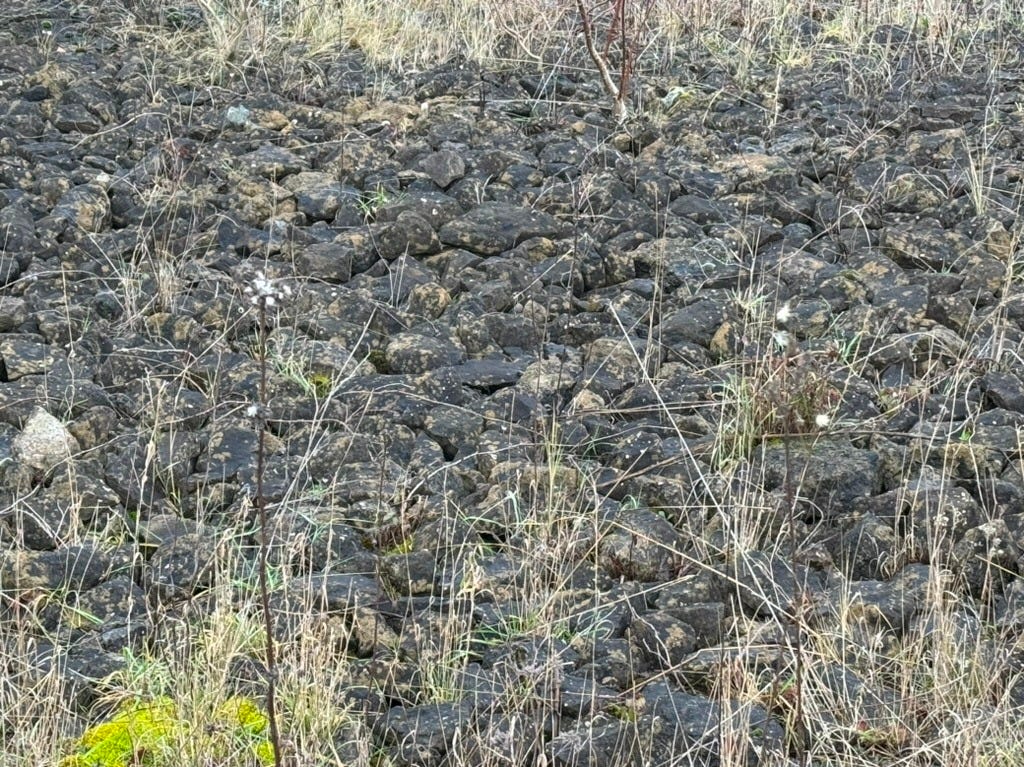
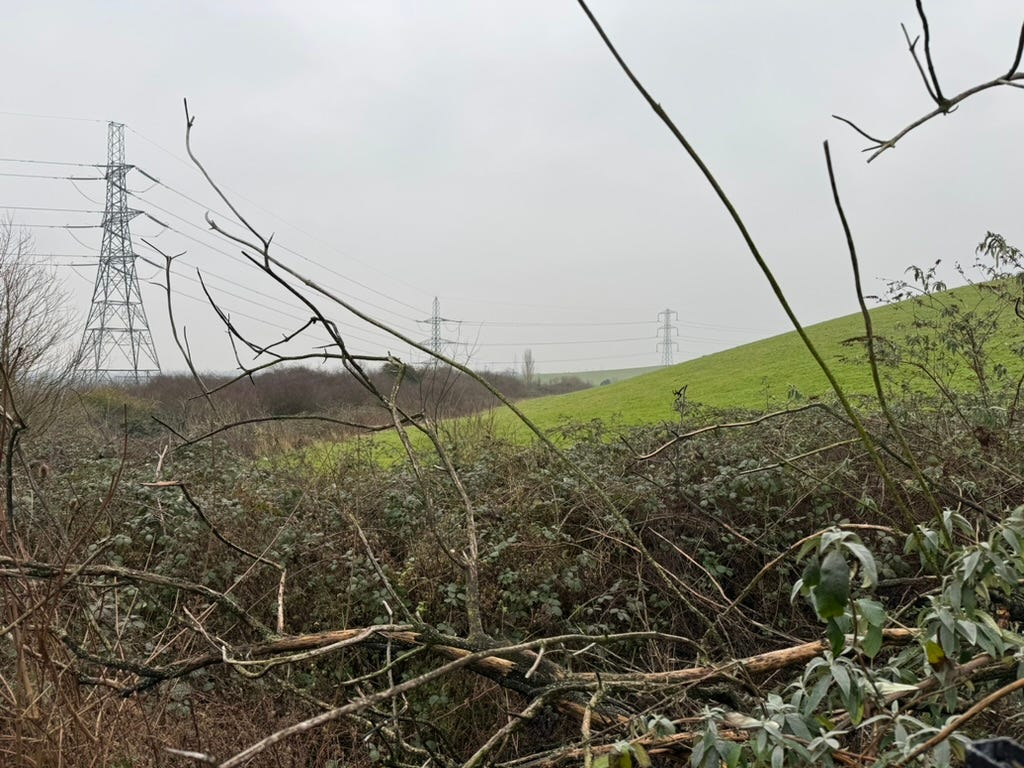
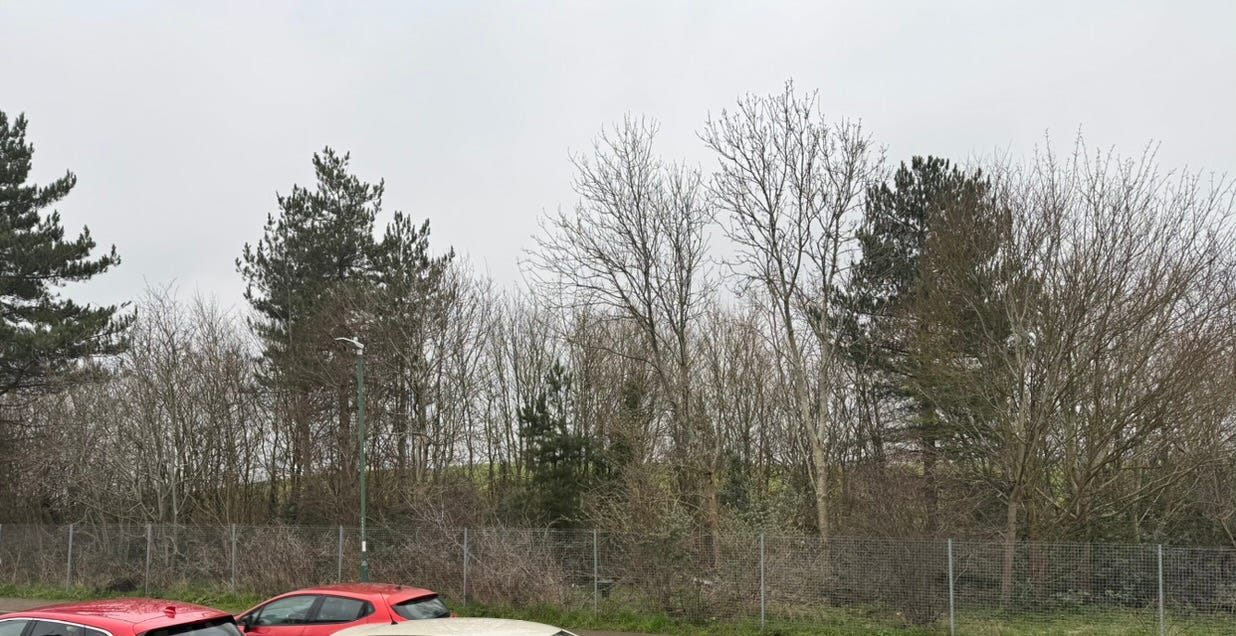

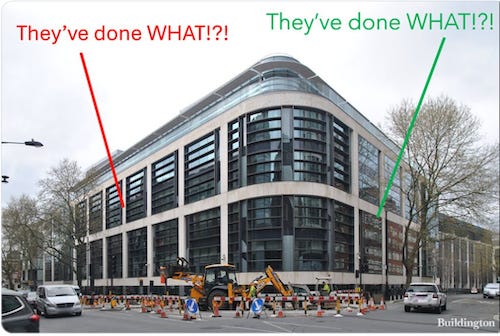
Fascinating story, thanks for signposting the tumult. Matters such as this one will serve as one of the key acid tests for the new Labour Government: are they willing to sacrifice ecology, a topic close to Labour's heart, on the altar of economic growth. Permanent refusal of housing in this area, adjacent to such an exceptional transport hub, would severely undermine their repeatedly proclaimed priority of tackling the spectre of economic stagnation in UK.